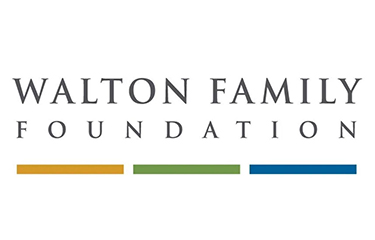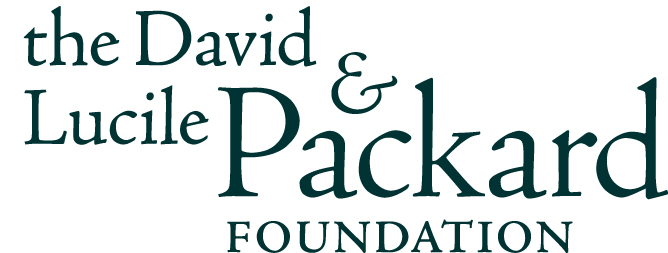The Issues Shaping the Future of Seafood
As a new decade dawns, seafood seems poised to have its moment.
Seafood is a triple threat for the future of sustainable food systems – it is one of the healthiest proteins for people, it has a low climate impact compared to other proteins, and its combination of omega 3s and micronutrients make it ideal for addressing food insecurity.
Despite all these positive attributes, seafood also has several “wicked problems” – plastics, IUU, social equity and fair labor -- making it difficult for the industry to differentiate itself in the global protein market.
Efforts to improve the sustainability of seafood have focused on a firefighting strategy – addressing pain points associated with unsustainable practices in individual companies, fisheries or supply-chains. This approach is resource intensive and difficult to sustain as the complexity, pace and scale of challenges, including climate change, threaten assured supply and brand reputation for seafood companies.
The seafood industry and its partners are responding with new models to improve the sustainability of seafood designed from a systems approach and focused on aligning the collective leverage and impact of industry investment in sustainable innovation. Taking a systems approach to address wicked problems in sustainability aligns with the industry’s approach to other complex systems – Supply chains, markets, even their own companies and operations.
Through precompetitive collaborations, industry designed sustainable innovation and research, releasing trapped value in the system, and defining end goals, the seafood industry is putting itself in the driver’s seat for sustainability.
The content in this section looks at how the industry and its partners are designing new, industry-friendly innovation to support sustainable seafood resources and communities and help differentiate seafood as healthy for people and the planet.









